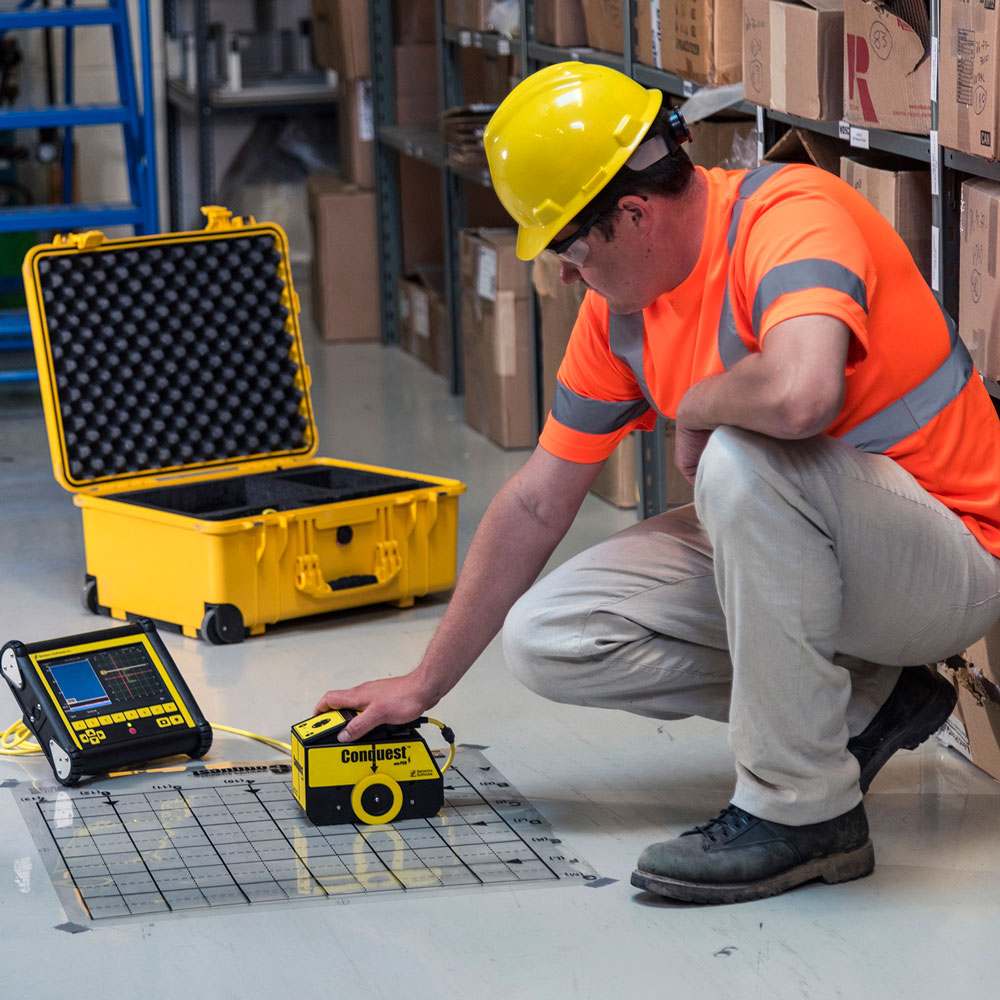
If you are involved in construction or renovation projects in Toronto, Mississauga or Ontario, concrete rebar scanning and infrastructure assessment are essential practices to ensure the safety, efficiency, and success of your endeavors. Concrete corning scanning and infrastructure assessment play crucial roles in construction and renovation projects. By utilizing advanced technologies and techniques, professionals can accurately examine structures, identify potential issues, and ensure the safety and integrity of the built environment.
In the realm of construction, it is vital to have a comprehensive understanding of the existing infrastructure before commencing any project. This is where concrete conduit scanning and infrastructure assessment come into play. These practices enable professionals to examine structures, identify potential hazards, and make informed decisions based on accurate data.

